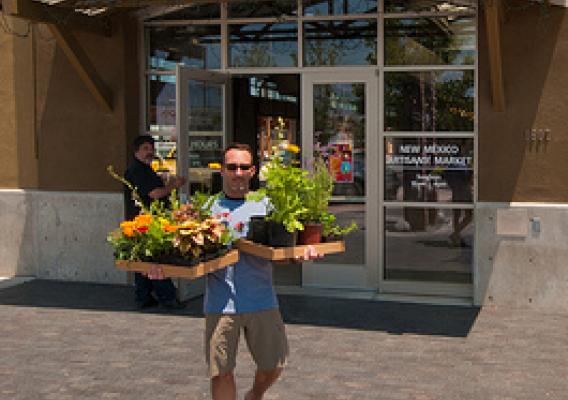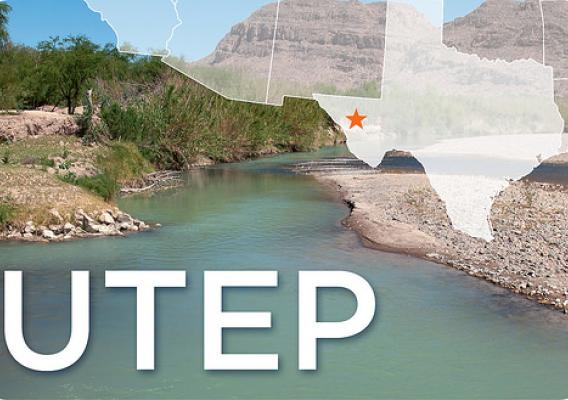Vegetation ecologists play an essential role in the U.S. Forest Service. They research the abundance and location of flora in their region as well as the factors that influence how the plants flourish. All nine Forest Service regions and most forests have ecologists on staff, representing a variety of interests. Some ecologists are fascinated by fungi, while others focus on lichens, wildflowers and other elements of biodiversity. In addition, plant ecologists and botanists provide quite a bit of support to the other disciplines and program areas within the Forest Service.
Robert L. DeVelice, a vegetation ecologist on the Chugach National Forest, fits the role well. His wealth of education, experience and personal interests have benefited both the forest and the local community. He grew up in New Mexico, received a Bachelor of Science in forestry from the University of Montana, a Masters in agronomy with a focus on forest soils from New Mexico State University, and a Ph.D. in plant ecology. When he arrived in Alaska in 1992, he was quite interested in native plants, their distribution and ecological occurrences across the landscape.










